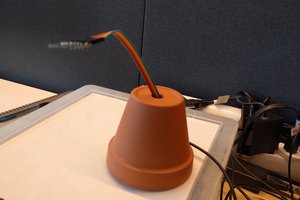Who Am I ?
I am an IT analyst/programmer and an Engineering Hobbyist. I started with the Raspberry Pi and moved on to Receivers and Sensors. EnOcean Pi connects energy harvesting wireless devices with Raspberry Pi to help automate networks and automation systems at home or in the workplace. I also completed many Roads Tests and one design competition with Element 14. I am also an animal advocate and speak up for animals welfare issues in my country and the world through social media.
What is Cats in Motion Project ?
The objective of this pilot project is to gather information on feral cats in one or more colonies and their shelters. The question is what type of materials used in constructing a shelter best protects the cats ? Canada indeed has a harsh climate with winter's temperature in my province dipping to –25C. By measuring the air humidity , temperature and precipitation we can maybe evaluate the most cost effective shelter to help these cats. I am proposing a low cost infrared camera to not only measure the temperature of the cats and detect any hot spots for injuries or diseases. Also this has the ability to count the number of cats.
Proposed Hardware
Weather stations can cost hundreds of dollars so I a proposing a weather station and infrared camera for a fraction of the cost.
Sensors
I will be using the Texas Instrument SimpleLink Sensor Tag supporting Bluetooth Smart, 6LoWPAN and ZigBee. Ten sensors packed on one device ! I have ordered the Sensor Tag and cannot wait to explore the possibilities.
Debug DevPack for Simple Link Sensor Tag
This device will add JTAG debug capability. There is a free license for Cod Composer Studio. I have some experience with using the CC3200. And more exciting is pads for 3 Grove sensors.
Beaglebone or Raspberry Pi 3
You can connect to the sensors using Beagle but now there is the Bluetooth enabled Raspberry Pi 3. But the Pi3 is difficult to order in Canada. I'm hoping that will change as I have completed a few Road Tests and design contests with the Raspberry Pi . But I am curious about the Beagle Bone and will use this as an alternative.
Zigbee
The range of the Zigbee is 100m or 300 feet and can be extended with a mesh network. The maximum number of devices is 200. This would be a pilot project and not involve 200 devices but I could set up a network with maybe two or three colonies.
Camera
I have completed projects with the Raspberry Pi camera and its awesome. Given the proper enclosure it can be placed outside. Wireless is not needed as the Raspberry Pi can be interfaced with Dropbox to send images or videos to the cloud and images are available on smart phones or your computer. I also have the Raspberry Noir for night vision. A sensor to detect the change in light may be used to switch the regular camera on or night vision on depending on the readings.
My first choice would be Panasonic's Grid-Eye sensor. This includes a 8x8 (64) pixel array infrared detection sensor. Digital output (I2C) for thermal presence, direction and temperature values. The built-in lens includes a 60 degree viewing angle. This is programmable and has the ability not only to measure the temperature of an animal but also count their presence,
Proposed Software
Raspberry Pi
I would be using the standard tools recommended by the Raspberry Pi Foundation to format and write the image to the micro SD card. I would enable Bluetooth on the Pi and pair it up with the sensor tag. Should I not be able to order the Raspberry Pi 3 in a timely way, then I will use a Bluetooth dongle on my Raspberry Pi 2.
Cloud Development
Texas Instruments has two free applications to connect to the cloud . The applications are for Android and IOS smart phones. But I want to take this further. They are also partners with EvoThings Studio (an open source and free) and Temboo .
Summary
More details to come ! This project is to use technology to determine the best materials for a cat shelter and how this may impact of the feral cat's well being. How can we measure...
Read more » Brenda Armour
Brenda Armour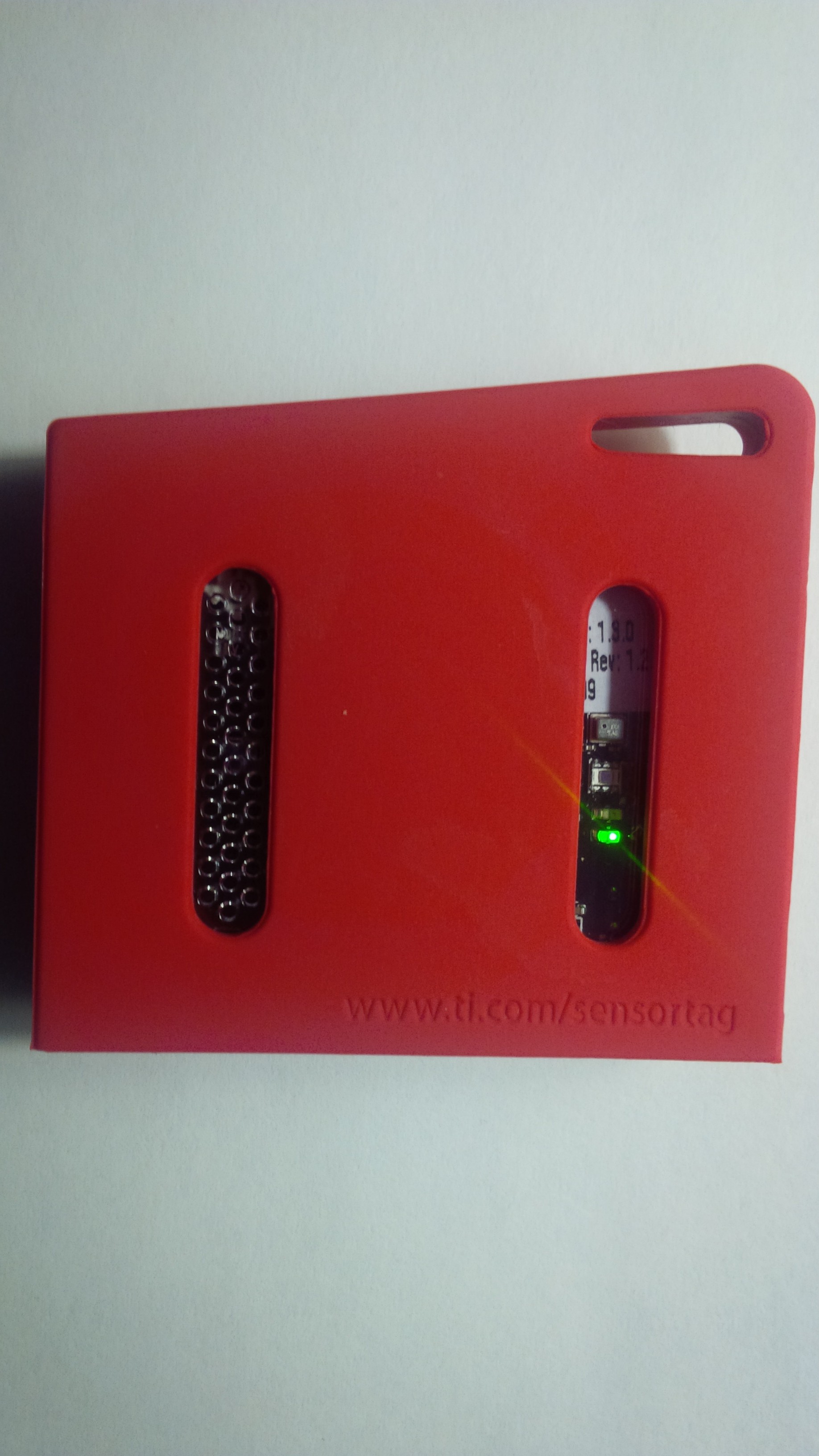
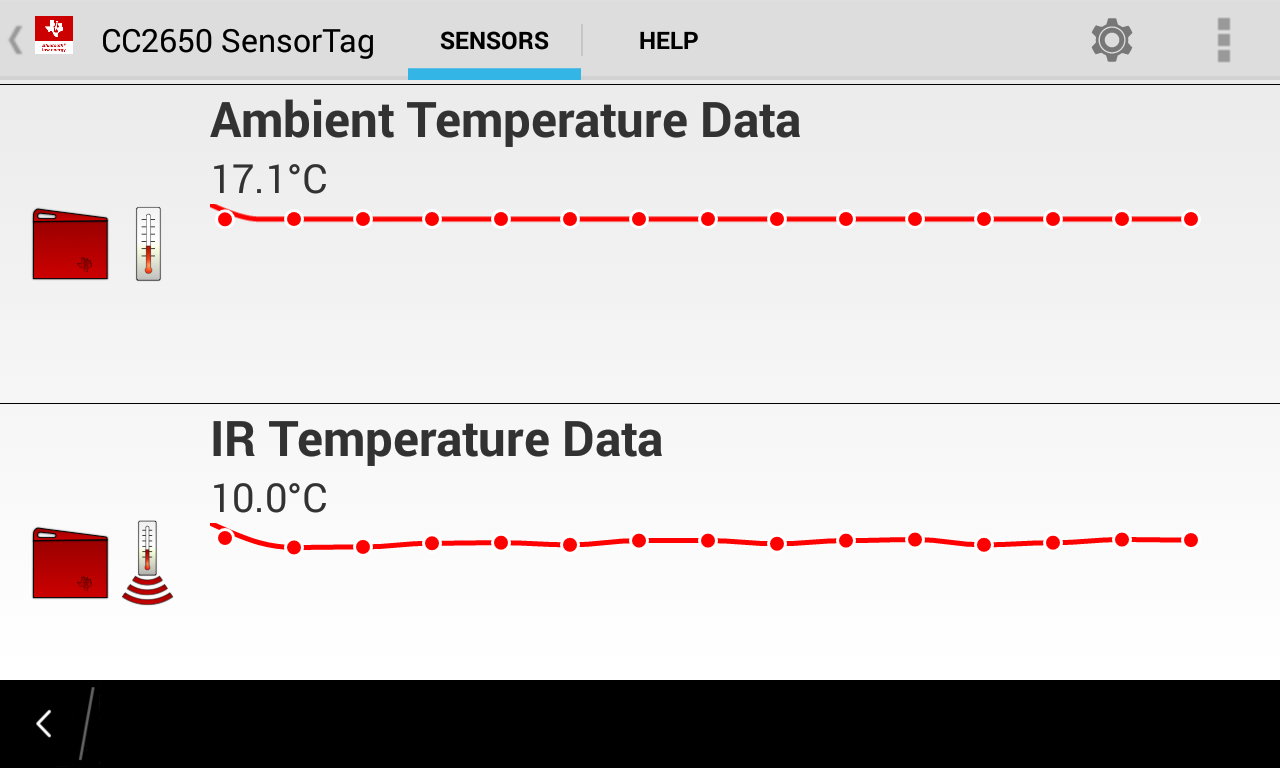
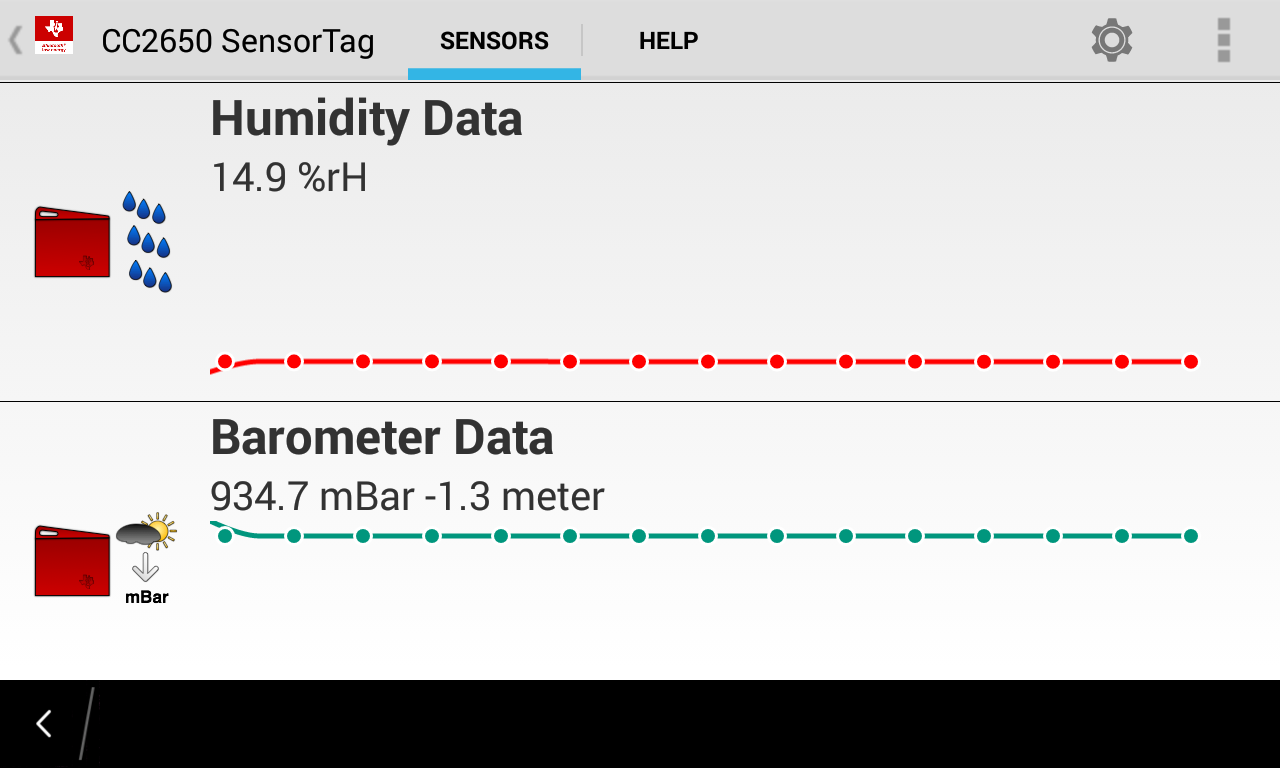

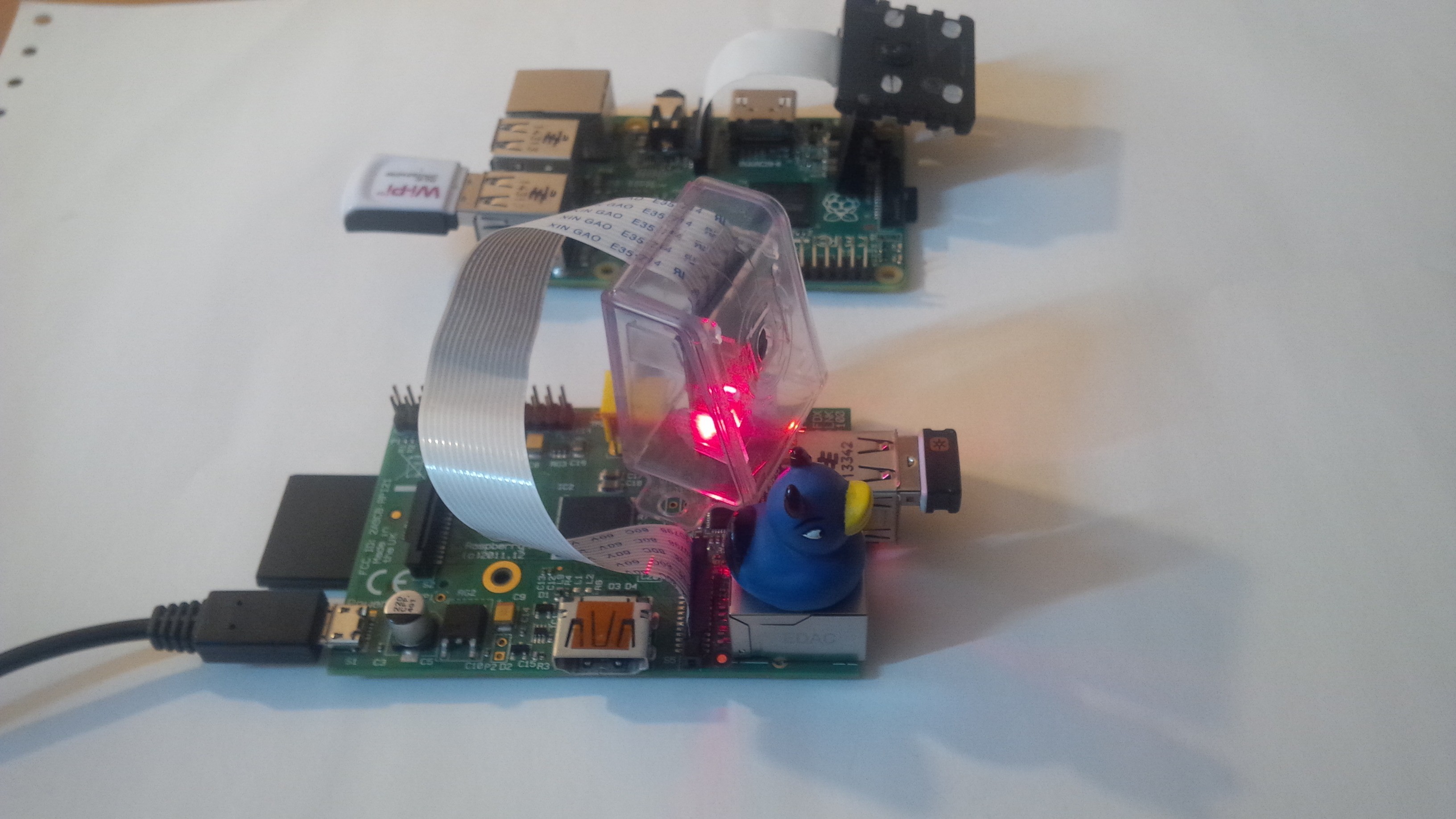 The camera in the foreground is the Raspberry Pi camera and the second is the Raspberry Pi Noir. I plan to include a Infrared light for the Raspberry PI Noir for night vision.
The camera in the foreground is the Raspberry Pi camera and the second is the Raspberry Pi Noir. I plan to include a Infrared light for the Raspberry PI Noir for night vision.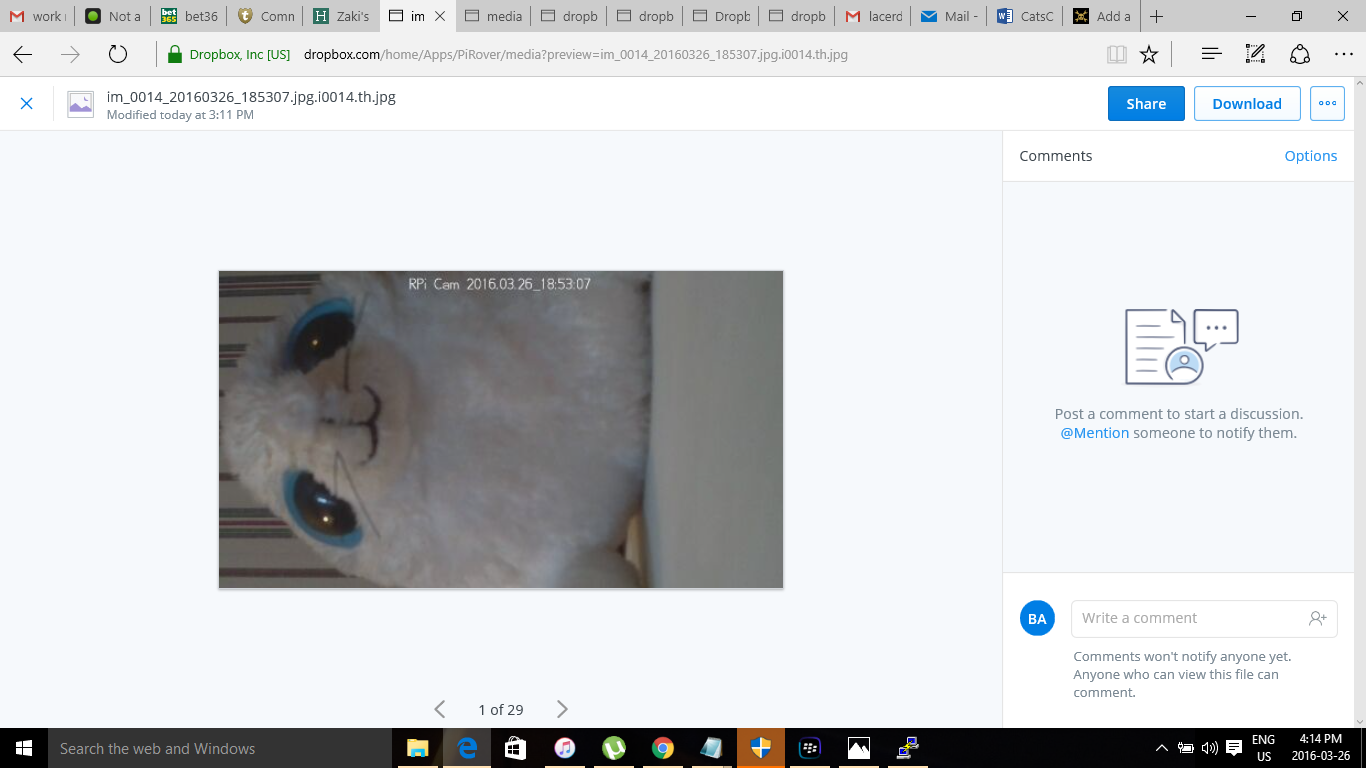

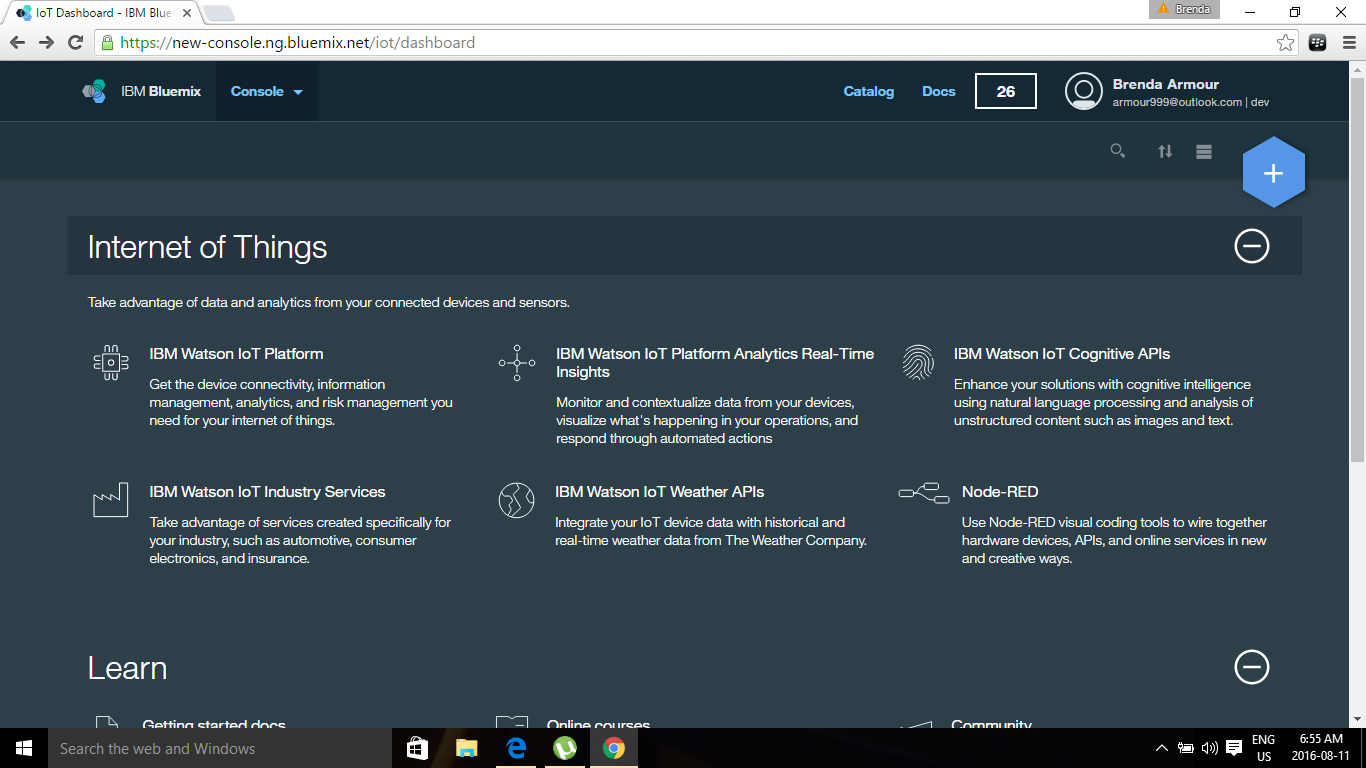


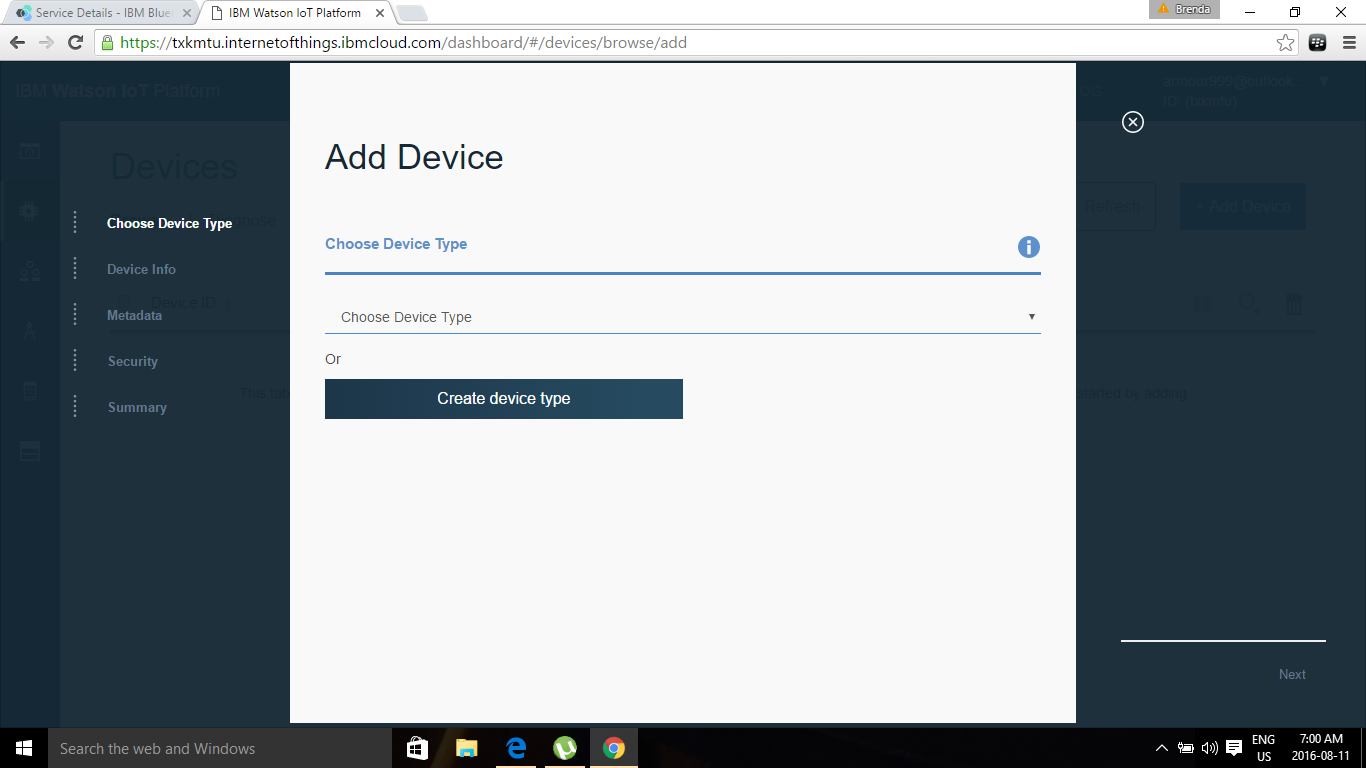
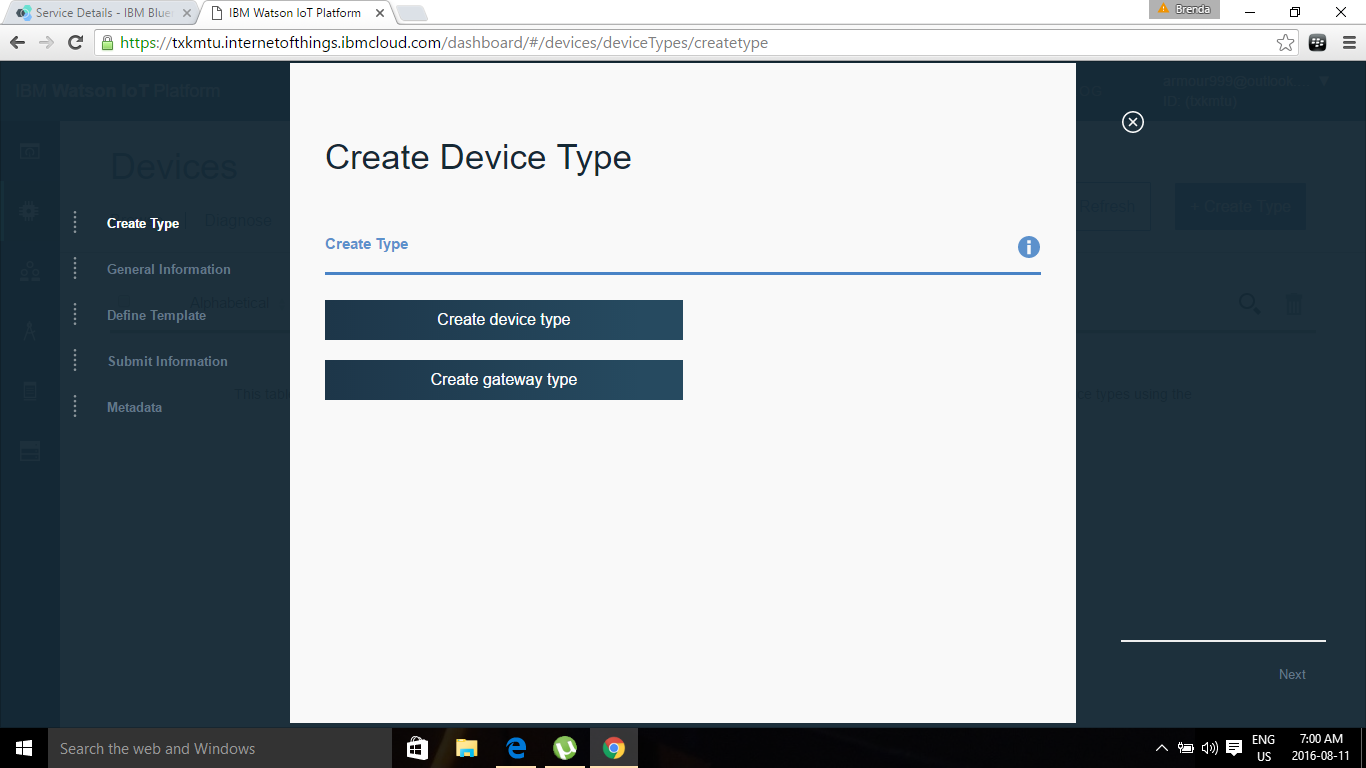
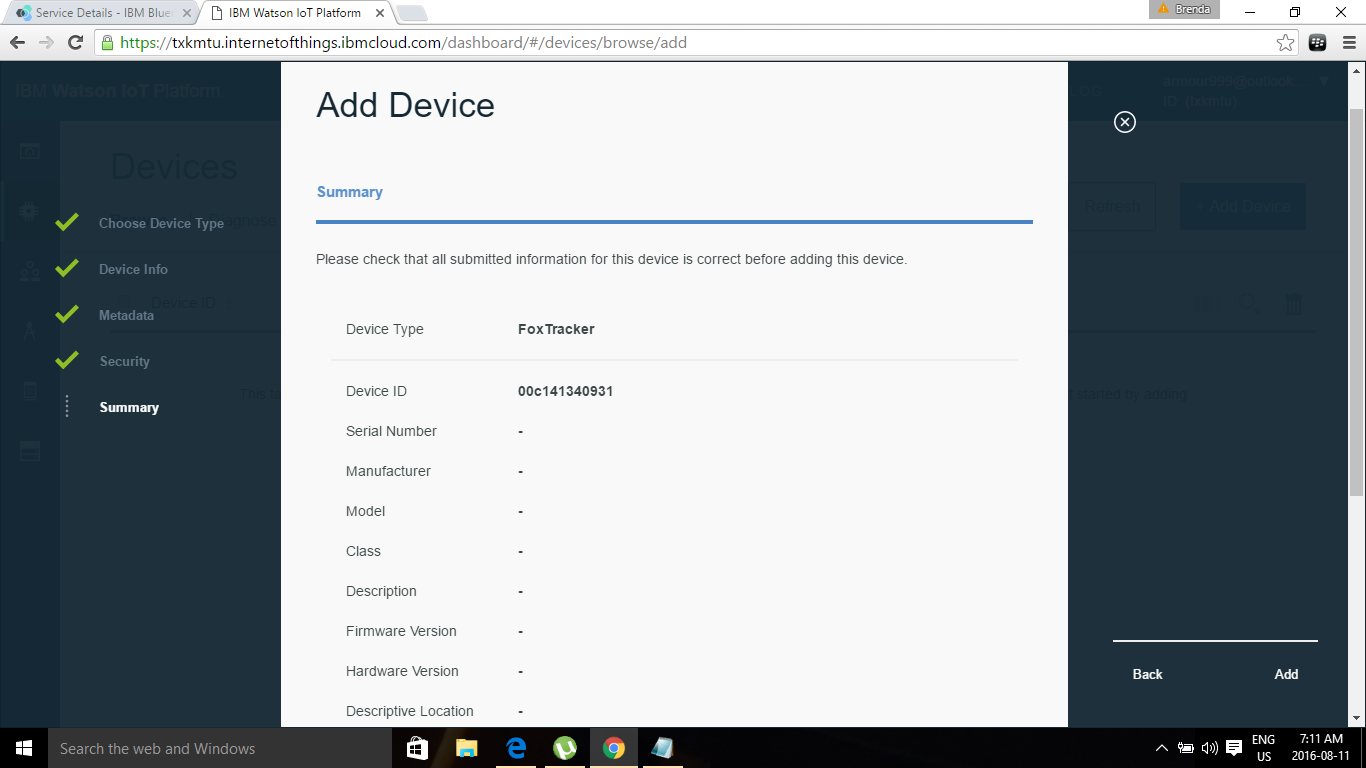
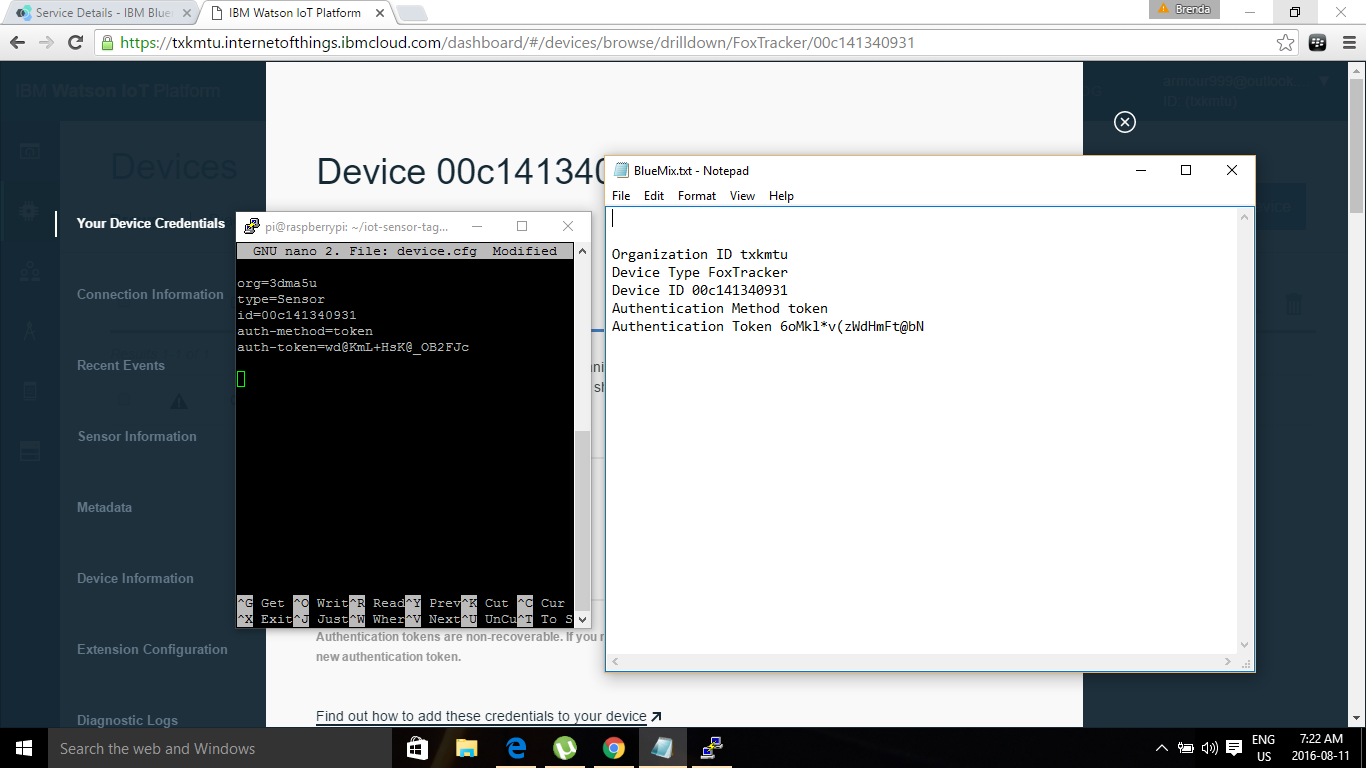

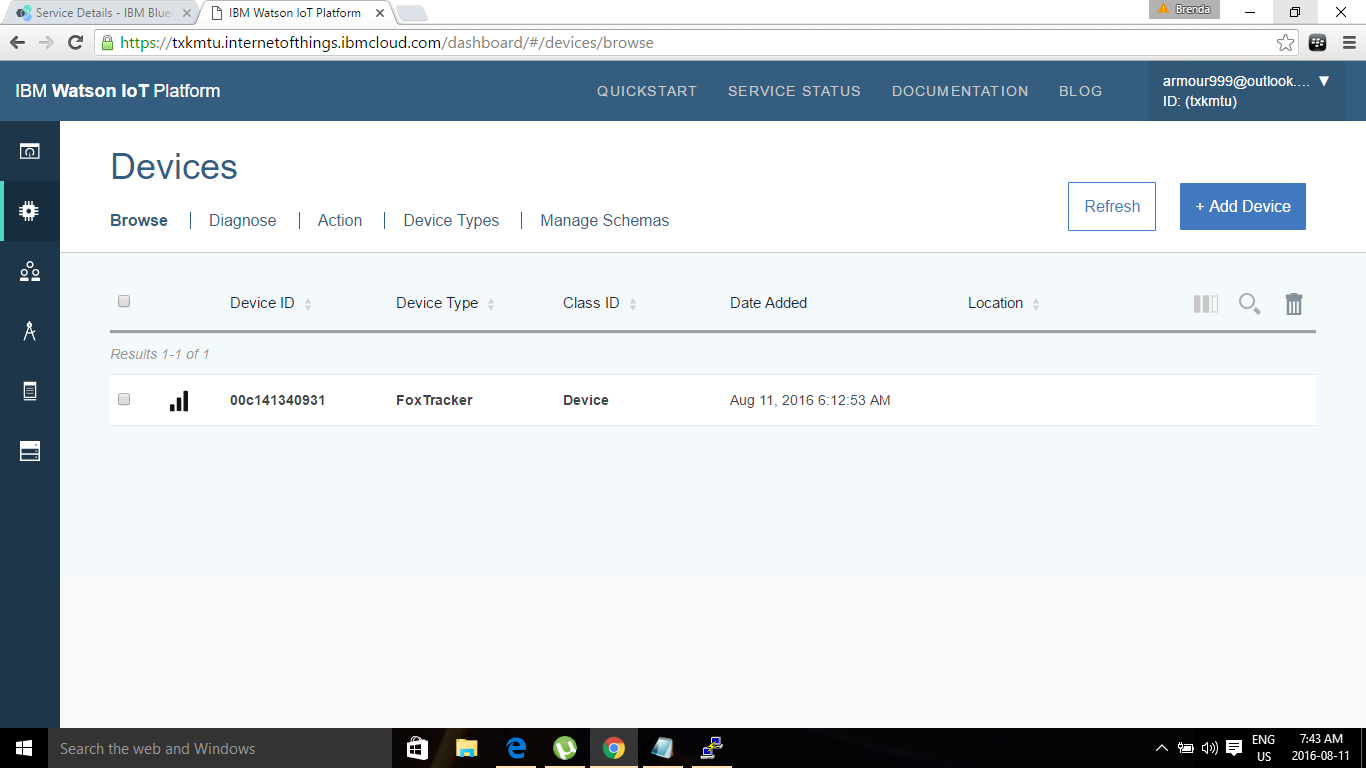
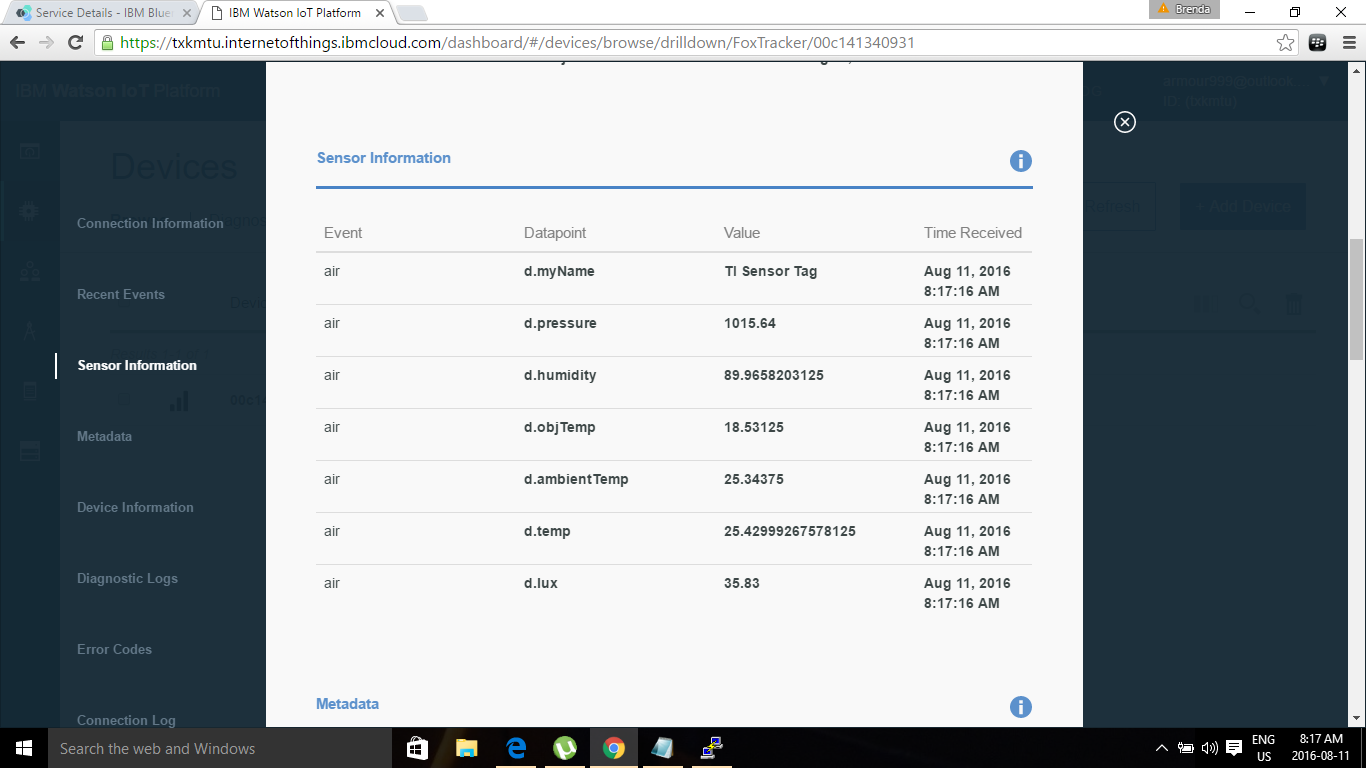
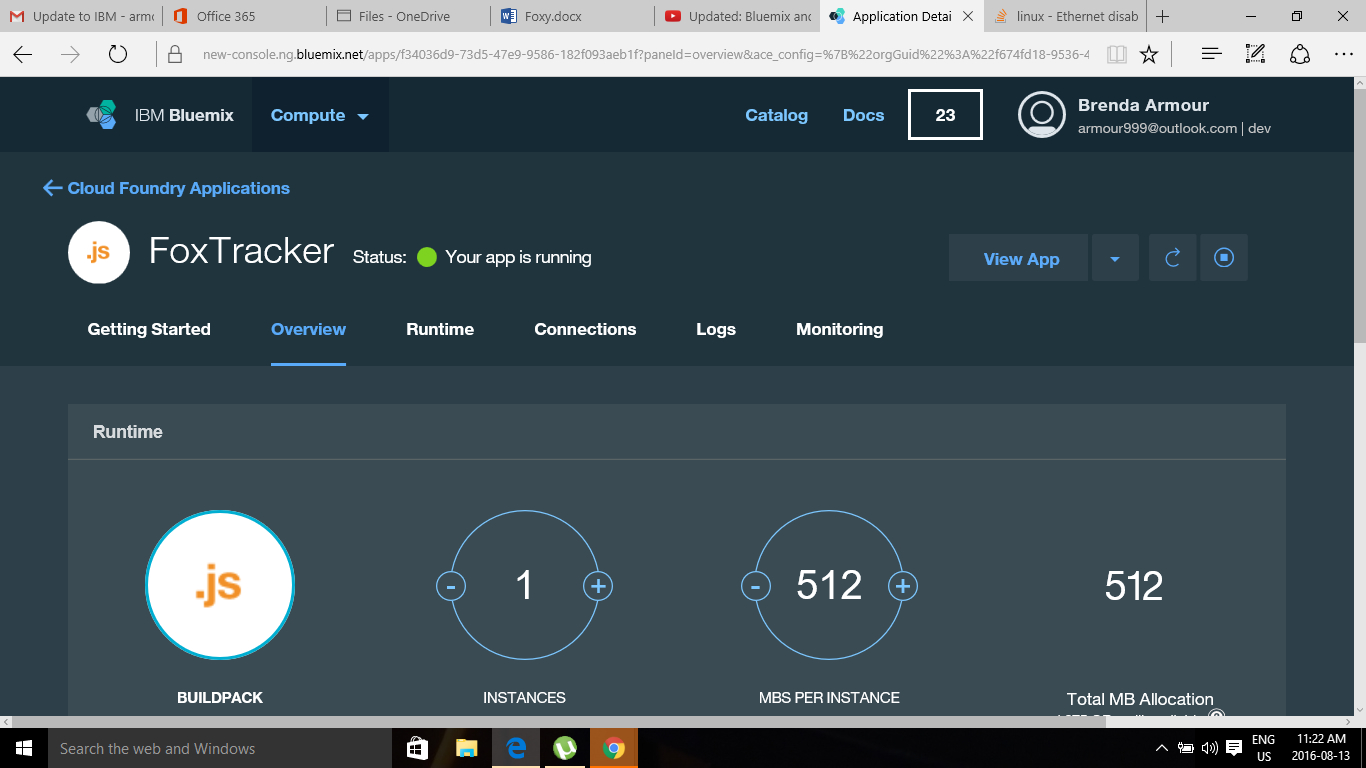
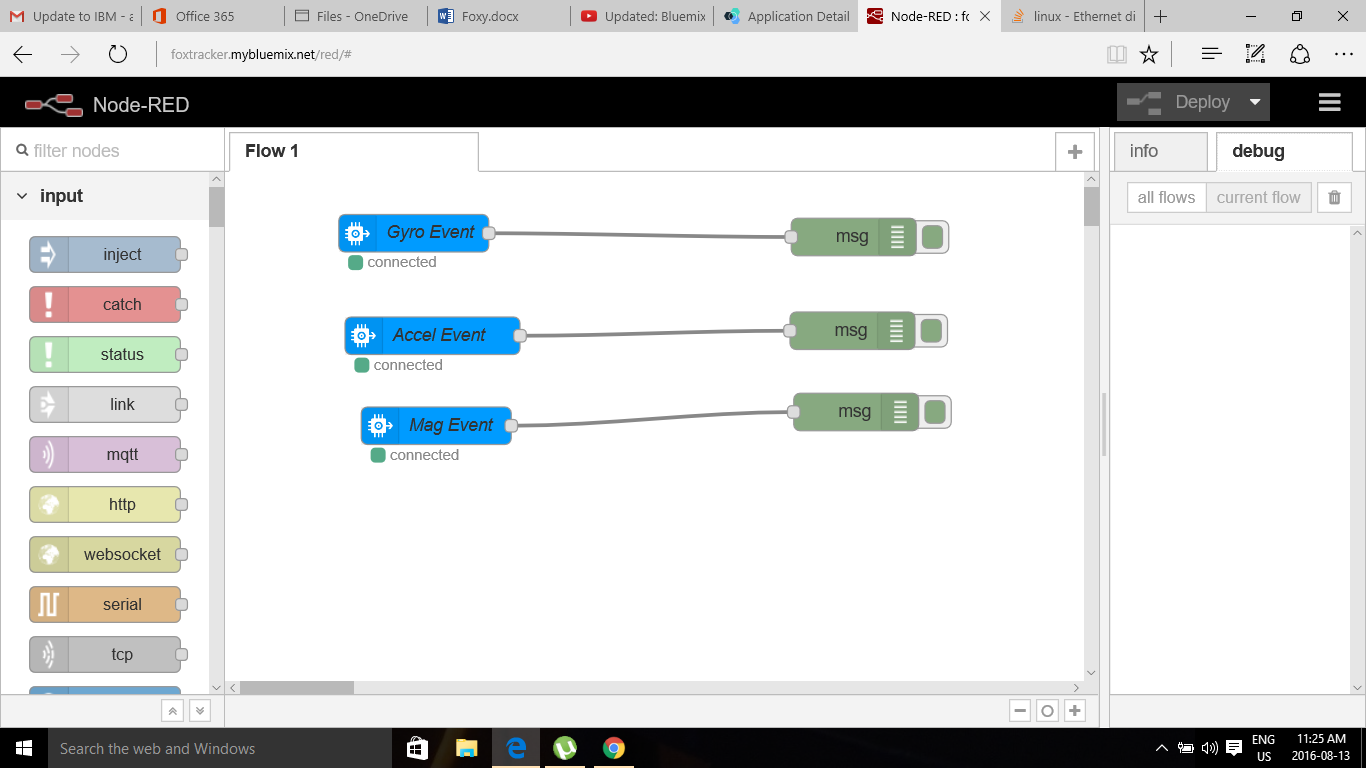
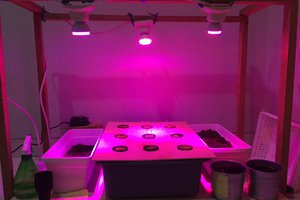
 Asep Bagja Priandana
Asep Bagja Priandana